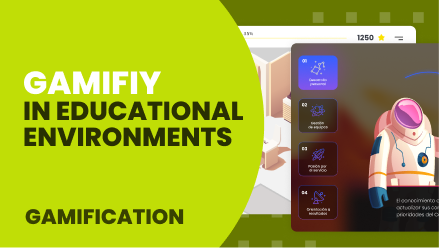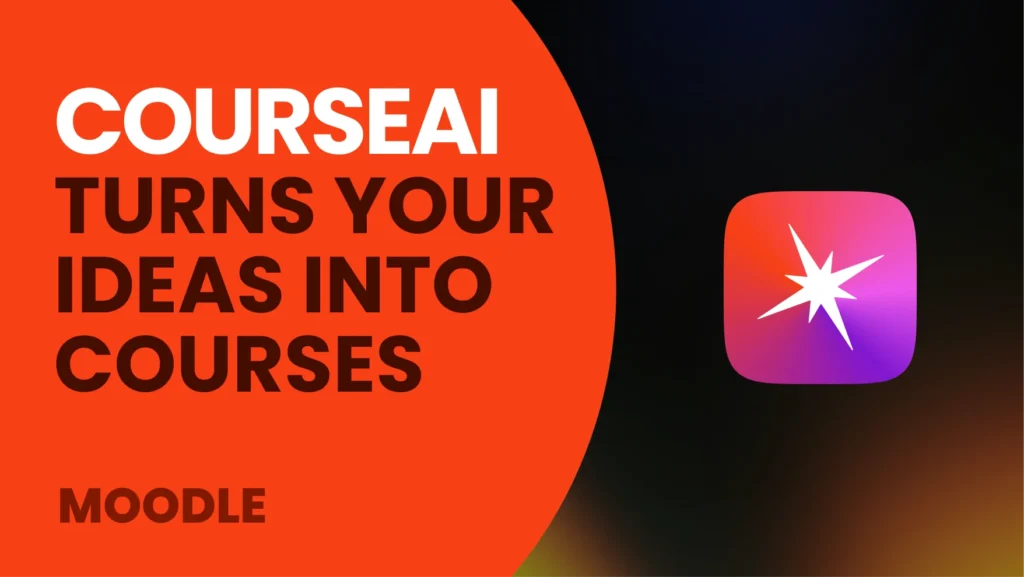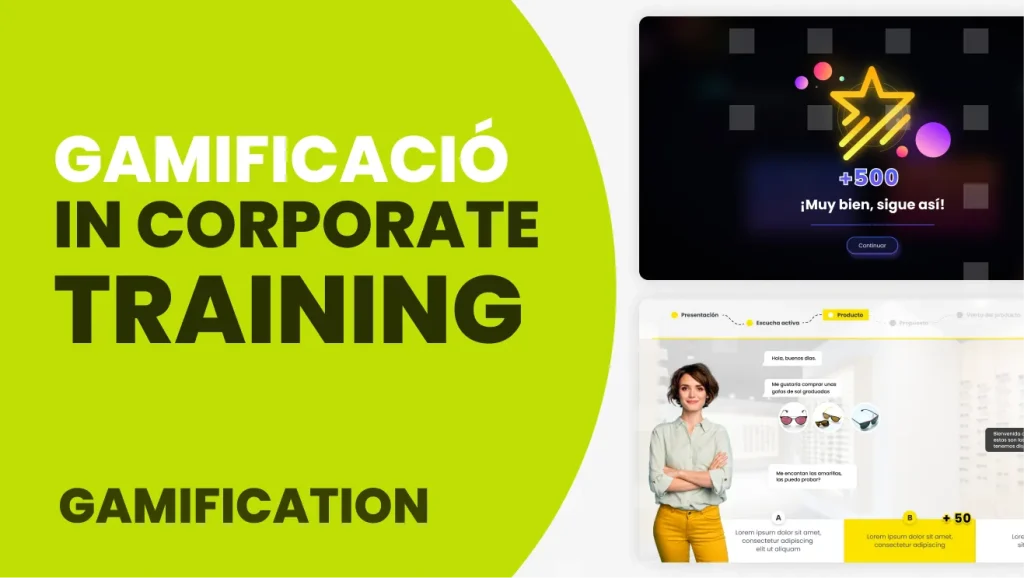To gain learner engagement, it is important to pre-define the learning objectives to be achieved and to offer a fun and entertaining online learning journey, incorporating game elements in a variety of contexts.
Gamification of content, a way to motivate the student
Let us first distinguish between two concepts: intrinsic motivation, which comes from oneself, and extrinsic motivation, which depends on external elements, obtaining rewards or penalties. The main idea is that intrinsic motivation should be encouraged. In any case, extrinsic motivation should not be abused in order to avoid some negative casuistics, such as students feeling conditioned.
There are four key elements to promote intrinsic motivation:
- COMPETENCY: we talk about the process of acquiring a skill.
- AUTONOMY: making the learner feel freedom and a sense of control.
- RELATIONSHIP: interaction and participation with peers and the online learning environment.
- PURPOSE: the purpose of the activity in question.
The ideal is to combine and seek a balance between the student’s concentration while performing the activity and the student’s enjoyment of the process.
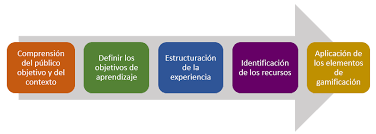
How to make the student enjoy the educational process?
First of all, we must set a task that is achievable by the student, that involves an activity with a slight effort on his part, but that he feels he has no perception of the time he spends on it, because if the challenge we propose is too high, it will generate a certain incapacity and anxiety, causing him to give up his efforts, and this is what we do not want.
On the contrary, if the educational task you perform is too simple because the student has an excellent ability, he or she may give up due to being bored.
The ideal, in this case, is to find the balance between skill and challenge to keep the student awake and enjoying in order to achieve the objective.
Gamification systems for student participation
Our gamified content development team is constantly working in this direction to provide the student with a playful way to learn online and train without even realizing they are doing it.
Our colleague, Javi Ronda, is Head of Moodle e-learning Content Department at 3ipunt. He works coordinating the content department applying learner psychology to design attractive courses and training.
Our students learn by playing, having fun while acquiring concepts, knowledge, skills and abilities.
We know that gamified systems must be elaborated following certain patterns to achieve their ludic objective. It is essential to attract the attention of the learner, reaching their immersion and progressing within the online training. That is why we work including mechanical and dynamic contents.
We include mechanical elements such as prizes, rewards, experience points or medals that are awarded as skills, aptitudes, or progress are achieved within the evolution of the courses as a virtual game. In this way, user interaction is encouraged.
The objective of the dynamics is to establish a series of guidelines for the acquisition of the mechanical elements, which generates a sense of progress within the gamified system, in such a way that interaction and evolution of the students are encouraged.
Gamification E-learning Moodle, a universe of possibilities.
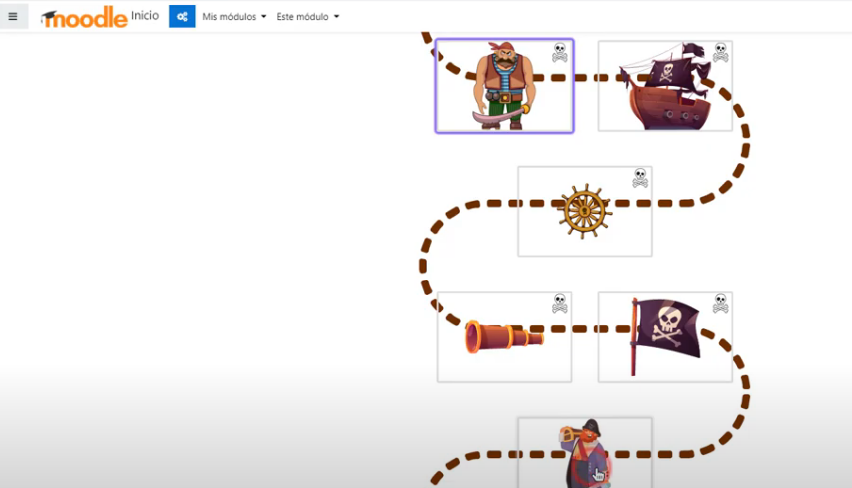
Gamification for every learning environment
The gamification of content can be applied not only to school-age students but also in corporate training, building new knowledge and skills within the work environment.
Likewise, in the work environment, online learning can be applied with the gamification of content. We can incorporate question and answer activities, gymkhanas, treasure hunts, escape rooms, role-playing games, etc., relating the subject matter to the job or job profile of the employee. It is about creating training strategies with recreational components that will generate great results.

